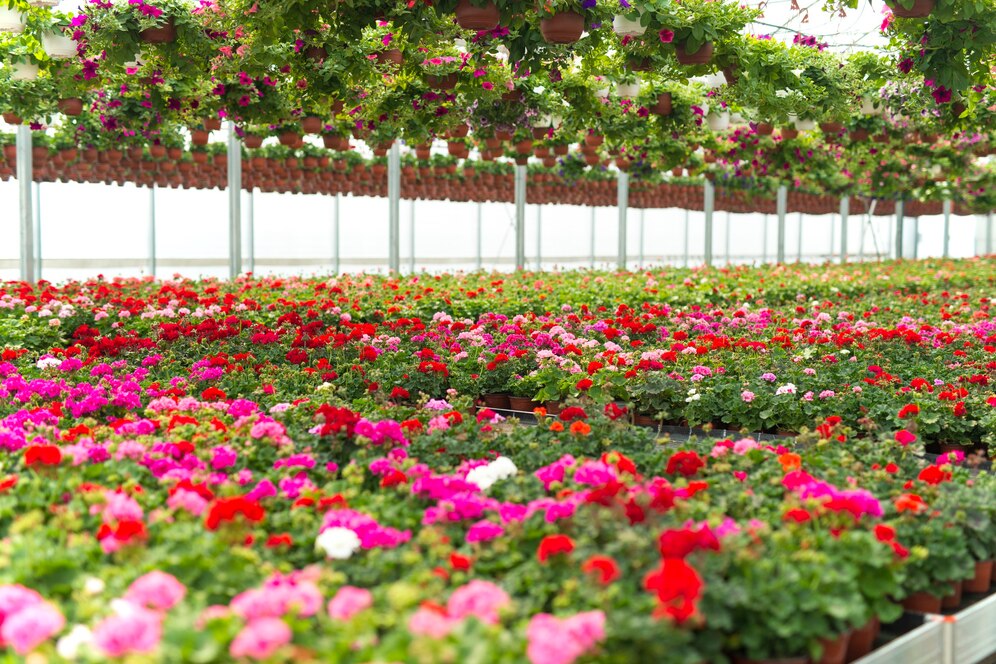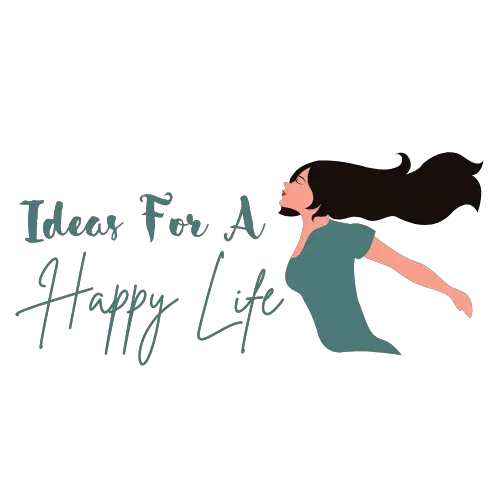
10 Beautiful Flower Bed Ideas to Brighten Up Your Garden

A colorful flower bed can change the whole look of your garden. It adds charm, draws the eye, and brings a smile to anyone passing by. A well-planned flower bed doesn’t need to be big or fancy.
Even a small patch of soil can bloom with life when filled with the right mix of flowers and colors. Flowers invite bees, butterflies, and birds. Their presence brings movement and joy to any outdoor space.
With so many styles and layouts, there’s always a fresh way to design your flower beds. Neat rows, wild mixes, or circular patterns — every design has its own beauty.
These flower bed ideas offer simple inspiration for any type of garden. Whether the space is large, small, sunny, or shady, there’s a style here that fits.
Use these ideas to bring more color, life, and happiness to your garden all year round.
10 Garden Flower Bed Ideas for a Colorful Outdoor Space
A flower bed makes any garden feel alive. With bright colors, soft textures, and sweet scents, flowers bring beauty to outdoor spaces. A well-designed flower bed adds charm, attracts butterflies and bees, and creates a peaceful place to relax.
These ten ideas show how simple layouts and good flower choices can make a garden look amazing. Each idea works for different sizes and shapes of gardens. From small corners to wide open yards, there’s something here for every gardener.
1. Circular Flower Bed Around a Tree
A tree offers shade and structure. Placing a flower bed around it turns a simple tree into a garden feature. Use flowers that grow well in part shade like hostas, impatiens, and ferns.
Add a border with bricks or stones to keep the bed neat. Place tall plants near the trunk and shorter ones around the edge. This layout adds layers and keeps the tree as the focus.
Image Prompt: A circular flower bed with hostas and impatiens planted around the base of a shady tree.
2. Raised Flower Beds with Wooden Edges
Raised beds help with drainage and make gardening easier. Wood gives a natural look and fits into almost any garden style.
Use wooden boards or sleepers to build a box, then fill it with soil and your favorite flowers. Marigolds, petunias, and zinnias add bright color and are easy to care for. Raised beds also stop weeds and pests better than flat beds.
Image Prompt: A wooden raised flower bed filled with bright marigolds, zinnias, and petunias in a sunny garden.
3. Wildflower Meadow Style Bed
A wildflower bed looks natural and full of life. It brings a country feel to your garden and supports bees and butterflies.
Scatter a mix of wildflower seeds like poppies, daisies, and cornflowers. No perfect rows. Let them grow freely. Cut once or twice a year to keep it neat and let seeds drop for next year.
Image Prompt: A wild-style flower bed with tall poppies, daisies, and bees flying over them.
4. Border Flower Bed Along a Fence
A flower bed along a fence softens hard lines and adds color. It also helps hide dull or damaged areas of the fence.
Plant tall flowers like hollyhocks or sunflowers at the back. Use mid-size ones like lavender in the center. Add short ones like alyssum or pansies near the edge. This creates layers that please the eye.
Image Prompt: A flower border along a wooden fence with hollyhocks, lavender, and pansies in rows.
5. Rock Edged Flower Bed with Mixed Colors
Rocks add a strong border and help hold soil in place. They also make the flower bed look clean and organized.
Pick flowers in different colors and heights. Try tulips, daisies, and snapdragons. Mix soft shapes with bold ones. The rock edge holds it all together and gives a natural, strong feel.
Image Prompt: A flower bed edged with smooth river rocks, filled with colorful tulips and snapdragons.
6. Corner Flower Bed with Tall Blooms
Empty corners can be tricky. A flower bed placed there brings color and depth.
Use taller flowers like delphiniums or foxgloves in the back. Then add medium ones like coneflowers or salvias. Fill the front with trailing flowers like verbena or alyssum. This creates a full and balanced look.
Image Prompt: A bright corner flower bed with tall foxgloves, purple salvias, and white alyssum spilling over the edge.
7. Monochrome Color Theme Bed
One color in many shades creates a peaceful and stylish bed. A purple theme, for example, can include lavender, salvia, and petunias.
Stick to one main color and choose flowers that bloom at different times. This keeps the bed looking full for months. The result is clean, simple, and elegant.
Image Prompt: A flower bed with only purple flowers, including lavender, salvia, and deep purple petunias.
8. Island Flower Bed in the Middle of the Lawn
An island bed sits alone in open space. It draws the eye and can be seen from all sides. This design works well in larger yards.
Plant taller flowers in the center and work outwards with shorter ones. Add color from every angle. Use mulch to keep it tidy.
Image Prompt: An oval flower bed in the middle of a green lawn, with tall flowers in the center and bright short ones around the edge.
9. Shady Spot Flower Bed
Some gardens have spots with little sun. These areas can still bloom with the right plants.
Use shade-loving flowers like begonias, astilbes, and ferns. Mix textures for interest. A small stone border can help define the space. This kind of bed brings life to areas that often get ignored.
Image Prompt: A small flower bed under a tree, filled with begonias, ferns, and shade-loving plants.
10. Herb and Flower Mixed Bed
Mixing herbs with flowers brings beauty and usefulness. Herbs like rosemary, basil, and thyme give lovely smells and textures. Flowers like marigolds or calendulas grow well beside them.
This bed looks good and helps in the kitchen. Some herbs even keep away pests. Group by height and spread for a tidy look.
Image Prompt: A flower bed with rosemary, thyme, marigolds, and calendulas planted together in neat rows.
FAQs
What flowers are best for full sun?
Flowers like marigolds, zinnias, sunflowers, and petunias love sun and bloom well with it.
Can I plant flowers and herbs together?
Yes. Many herbs grow well with flowers. They also help repel bugs and attract bees.
How do I keep a flower bed looking neat?
Use borders like bricks or rocks. Pull weeds often. Trim flowers when needed. Add mulch to stop weeds and hold moisture.
How deep should a flower bed be?
Most beds need soil at least 8–12 inches deep. This helps roots grow strong.
Do flower beds need mulch?
Yes. Mulch keeps the soil moist, stops weeds, and makes the bed look tidy.
Conclusion
A flower bed brings beauty and joy to any garden. It can be big or small, simple or full of color. With the right plan and flowers, even a small space can become a bright spot. These ten ideas offer easy ways to design and enjoy flower beds in every kind of garden.
Pick the one that fits your space. Add flowers that bloom well in your light and soil. Use borders, layers, and colors to shape your bed. Every bloom adds a little more happiness to the garden.
